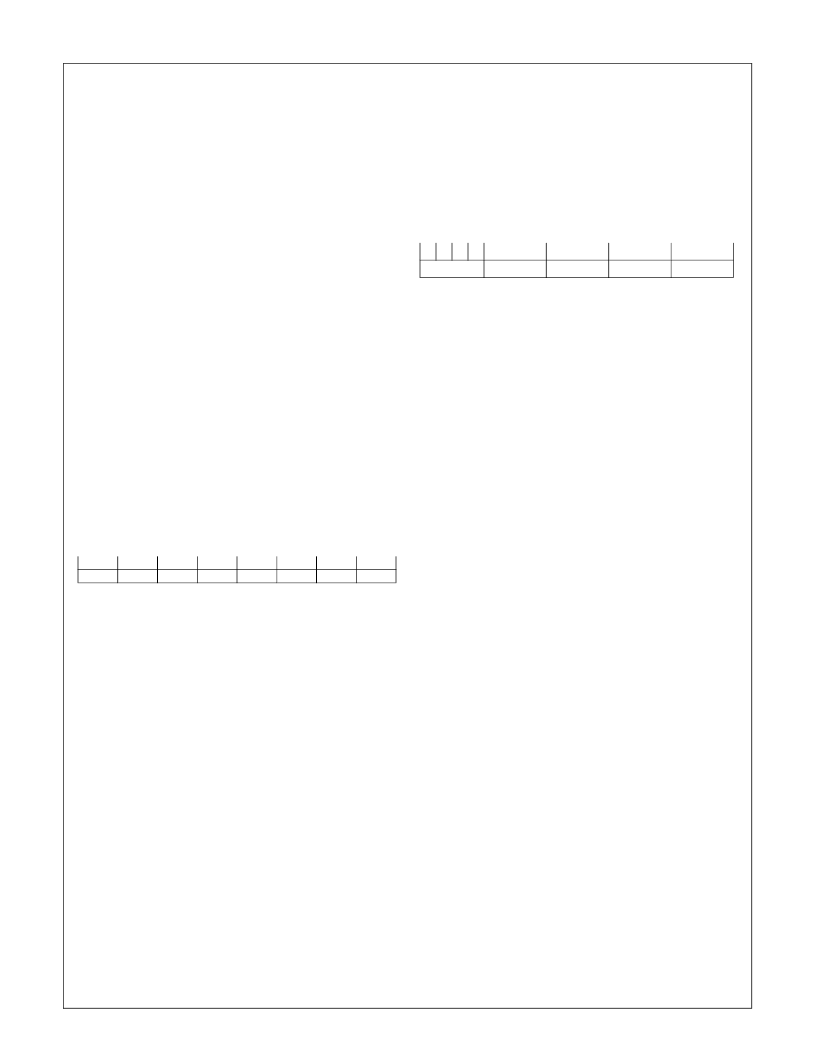- 您現(xiàn)在的位置:買賣IC網(wǎng) > PDF目錄366891 > CR16HCT9 PDF資料下載
參數(shù)資料
| 型號: | CR16HCT9 |
| 文件頁數(shù): | 57/157頁 |
| 文件大?。?/td> | 1256K |
| 代理商: | CR16HCT9 |
第1頁第2頁第3頁第4頁第5頁第6頁第7頁第8頁第9頁第10頁第11頁第12頁第13頁第14頁第15頁第16頁第17頁第18頁第19頁第20頁第21頁第22頁第23頁第24頁第25頁第26頁第27頁第28頁第29頁第30頁第31頁第32頁第33頁第34頁第35頁第36頁第37頁第38頁第39頁第40頁第41頁第42頁第43頁第44頁第45頁第46頁第47頁第48頁第49頁第50頁第51頁第52頁第53頁第54頁第55頁第56頁當前第57頁第58頁第59頁第60頁第61頁第62頁第63頁第64頁第65頁第66頁第67頁第68頁第69頁第70頁第71頁第72頁第73頁第74頁第75頁第76頁第77頁第78頁第79頁第80頁第81頁第82頁第83頁第84頁第85頁第86頁第87頁第88頁第89頁第90頁第91頁第92頁第93頁第94頁第95頁第96頁第97頁第98頁第99頁第100頁第101頁第102頁第103頁第104頁第105頁第106頁第107頁第108頁第109頁第110頁第111頁第112頁第113頁第114頁第115頁第116頁第117頁第118頁第119頁第120頁第121頁第122頁第123頁第124頁第125頁第126頁第127頁第128頁第129頁第130頁第131頁第132頁第133頁第134頁第135頁第136頁第137頁第138頁第139頁第140頁第141頁第142頁第143頁第144頁第145頁第146頁第147頁第148頁第149頁第150頁第151頁第152頁第153頁第154頁第155頁第156頁第157頁

57
www.national.com
cleared (0), operation of the pin for the timer/
counter is disabled.
TnB Enable. When set (1), the TnB pin in en-
abled to operate in Mode 2 (Dual Input Cap-
ture) or Mode 4 (Single Input Capture and
Single Timer). A transition on the TnB pin pre-
sets the corresponding timer/counter to FFFF
hex (TnCNT1 in Mode 2 or TnCNT2 in Mode
4). When this bit is cleared (0), operation of the
pin for the timer/counter is disabled. This bit
setting has no effect in Mode 1 or Mode 3.
TnA Output Data. This is a status bit that indi-
cates the current state of the TnA pin when the
pin is used as a PWM output. When set (1), the
TnA pin is high; when cleared (0), the TnA pin
is low. The hardware sets and clears this bit,
but the software can also read or write this bit
at any time and thus control the state of the out-
put pin. In case of conflict, a software write has
precedence over a hardware update. This bit
setting has no effect when TnA is used as an
input.
TnBEN
TnAOUT
15.5.8
The Timer Interrupt Control (TnICTL) register is a byte-wide,
read/write register that contains the interrupt enable bits and
interrupt pending bits for the four timer interrupt sources,
designated A, B, C, and D. The condition that causes each
type of interrupt depends on the operating mode, as shown
in Table 15.
This register is cleared upon reset. The register format is
shown below.
Timer Interrupt Control Register (TnICTL)
TnAPND
Timer Interrupt Source A Pending. When this
bit is set (1), it indicates that timer interrupt con-
dition “A” has occurred. When this bit is cleared
(0), it indicates that the interrupt condition has
not occurred. For an explanation of interrupt
conditions A, B, C, and D, see Table 15
This bit can be set by the hardware or by the
software. To clear this bit, the software must
use the Timer Interrupt Clear Register (TnI-
CLR). Any attempt by the software to directly
write a 0 to this bit is ignored.
Timer Interrupt Source B Pending. See the de-
scription of TnAPND.
Timer Interrupt Source C Pending. See the de-
scription of TnAPND.
Timer Interrupt Source D Pending. See the de-
scription of TnAPND.
Timer Interrupt A Enable. When set (1), this bit
enables an interrupt on each occurrence of in-
terrupt condition “A.” When cleared (0), an oc-
currence of interrupt condition “A” does not
generate an interrupt to the CPU, but still sets
the associated pending flag (TnAPND). For an
explanation of interrupt conditions A, B, C, and
D, see Table 15.
Timer Interrupt B Enable. See the description
of TnAIEN.
TnBPND
TnCPND
TnDPND
TnAIEN
TnBIEN
TnCIEN
Timer Interrupt C Enable. See the description
of TnAIEN.
Timer Interrupt D Enable. See the description
of TnAIEN.
TnDIEN
15.5.9
The Timer Interrupt Clear (TnICLR) register is a byte-wide,
write-only register that allows the software to clear the TnAP-
ND, TnBPND, TnCPND, and TnDPND bits in the Timer Inter-
rupt Control (TnICTRL) register. The register format is shown
below.
7 6 5 4
3
2
Reserved
TnDCLR
TnCCLR
Timer Interrupt Clear Register (TnICLR)
TnACLR
Timer Pending A Clear. When written with a 1,
the Timer Interrupt Source A Pending bit
(TnAPND) is cleared in the Timer Interrupt
Control register (TnICTL). Writing a 0 to the
TnACLR bit has no effect.
Timer Pending B Clear. See the description of
TnACLR.
Timer Pending C Clear. See the description of
TnACLR.
Timer Pending D Clear. See the description of
TnACLR.
TnBCLR
TnCCLR
TnDCLR
7
6
5
4
3
2
1
0
TnDIEN
TnCIEN
TnBIEN
TnAIEN
TnDPND
TnCPND
TnBPND
TnAPND
1
0
TnBCLR
TnACLR
相關(guān)PDF資料 |
PDF描述 |
|---|---|
| CR16HCT9VJE7 | Microcontroller |
| CR16HCT9VJE7Y | Microcontroller |
| CR16HCT9VJE8 | Microcontroller |
| CR16HCT9VJE8Y | Microcontroller |
| CR16HCT9VJE9 | Microcontroller |
相關(guān)代理商/技術(shù)參數(shù) |
參數(shù)描述 |
|---|---|
| CR16HCT9VJE7 | 制造商:未知廠家 制造商全稱:未知廠家 功能描述:Microcontroller |
| CR16HCT9VJE7Y | 制造商:未知廠家 制造商全稱:未知廠家 功能描述:Microcontroller |
| CR16HCT9VJE8 | 制造商:未知廠家 制造商全稱:未知廠家 功能描述:Microcontroller |
| CR16HCT9VJE8Y | 制造商:未知廠家 制造商全稱:未知廠家 功能描述:Microcontroller |
| CR16HCT9VJE9 | 制造商:未知廠家 制造商全稱:未知廠家 功能描述:Microcontroller |
發(fā)布緊急采購,3分鐘左右您將得到回復。